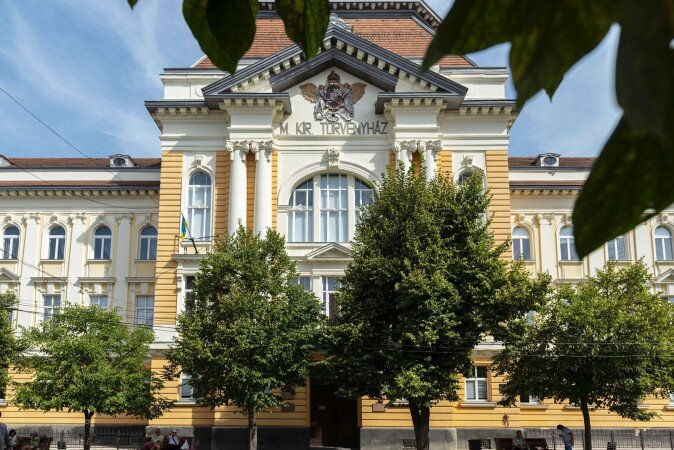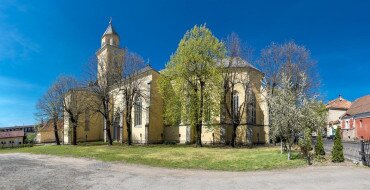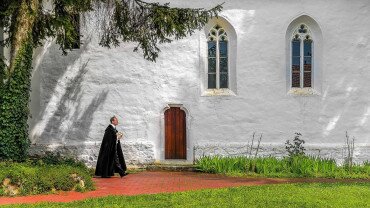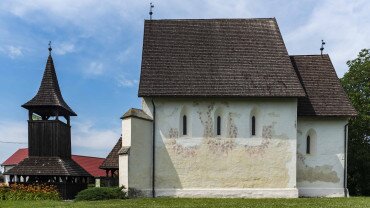City of Berehove in Ukrainian, Beregovo in Russian, Bergsaß in Lampertshaus
It is the seat of the Beregszász district in Transcarpathia, Ukraine. Until the Treaty of Trianon, the center of the Beregszász district of Bereg County, alternately with Munkác, was the seat of the county for a short or long time. Beregardó and the Tasnádtanya on its border belong to it, and Bulcsú is a co-commune subordinated to the city council. Among the settlements of Transcarpathia, Beregszász is home to the largest Hungarian community, and the city is a significant Hungarian cultural center.
The area around Beregszász was probably already inhabited in the Stone Age and Neolithic, as evidenced by the finds excavated by Tivadar Lehoczky in the Kisrigó and Nagyrigó vineyards in the 19th century. Later, Sarmatians, Goths, Huns, Avars and Celts turned to the countryside. In his 1708 edition of the Dictionarium Latino-Hungaricum, Ferenc Pápai Páriz, a Reformed physician and writer, states that a Roman settlement called Peregium existed long before the arrival of the Hungarians. However, this claim has not been substantiated.Probably at the time of the conquest, in the 9th century, some people lived in today's area of the city, and Hungarian accommodation was also established here. The latter is proved by the fact that during the construction of the bridge over the Blood in 1845, when digging its foundations, they found the graves of warriors buried according to ancient Hungarian custom, as well as the weapons placed in the grave with them. But the place may have been insignificant, as the neighboring castle of Borsova became the center of Borsova county, to which the area belonged after the founding of the state and the establishment of the county system.
In 1048 this part of the country became the property of the brother of King Andrew I, Bela. In 1063, after the death of King Bela I, his estates were divided between his sons Géza, László and Lampert. The region of the later Beregszász passed to Prince Lampert, who, according to folk tradition, established the settlement here. The exact date of the founding of the House of Lampert is unknown, but since it must have been in the life of Prince Lampert and he died at the end of the 11th century, the people of Beregszász consider 1095-96 to be the date of the foundation.
There is also a legend about the origin of Beregszász, according to which a shepherd named Szász grazed his goose in the area when a neighboring bull attacked his bull. The two huge animals fought a life-and-death battle with each other, tossing the lawn hard with their hooves. After Saxon struck the foreign bull with his stick, chasing him, he found plenty of gold in one of the pits. He built a church out of the huge treasure on the site, and the area was soon populated. He elaborated on this legend in his short poem Mihály Tompa Beregszász. [2] However, in connection with the legend, Tivadar Lehoczky, a renowned researcher in the region in the 19th century, writes: “ k. He found a great treasure in the footsteps of two bulls fighting on the site of a church, and a church called Bereg-szász was built around it, and no historical reality can be attributed to him… ”[3]
Lampert House is also the site of part of the plot of Our Lady of the Beautiful Woman.



